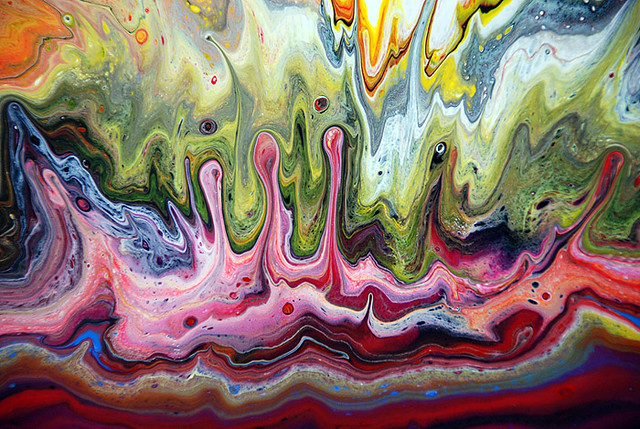This is the organization and arrangement of different colors neat or nice, so they give the unit and the unit. The composition for a color must "agree" or the principles of aesthetics. The artist must choose carefully and expertly color schemes and combinations. Indeed, can disrupt a mismatch of their design and overall perspective of a composition. It can disrupt the aesthetic appeal of even a perfect creation and distract viewers.
Artists can find wonderful examples to learn in nature. A critical and in-depth observation and meditation of the things in nature, such as bird feathers, highlighting the colors of flowering plants, leaves, and so on.
It is essential in different fields. In the food science industry, the people appetite towards food increased by using attractive color combinations. For example, orange carrots and green beans carefully into interesting shapes on white rice shaped form of love can be used cut to stimulate the appetite of patients and others who can not eat.
They are different forms of color harmony. Examples are set put below.
Harmony monochromatic
The term "mono" a color. Therefore, the monochromatic harmony discusses the use of shades of the same shade paint a varying design. This may be the colors and shades of the same hue. For example, red, brown, pink all derived from a root color red. Therefore, when these colors are used together in a composition, they can create a pleasing color harmony.
Harmony similar
similar colors are those that are next to each other on the color wheel or close to each other. When these pigments are used next to each other in a composition, they form pleasant harmonies. Examples include yellow, orange and yellow-orange or blue, blue-green and green.
complementary Harmony
Complementary colors are those which lie directly opposite each other on the color wheel. These colors when combined in a system also create pleasant harmonies. Examples are yellow and purple, red and green, blue and orange.
Triad Harmony
Three three equidistant colors on the color wheel. These tones have the same distance between each other on the color wheel. For example, if the distance to locate a color step to the other two colors, color count one step to the left and to the right on the color wheel. Examples of triad harmonies contain on the color wheel (three-color equidistant steps) Red, yellow and blue; Red-orange, yellow-green and blue-violet.
The selection and choice of color harmony should be well thought out efforts in advance or artistic creation. This would allow developers to get a lot of time with the colors that perfectly meet to attract the ideals of harmony and viewers and buyers.
Friday, October 28, 2016
Home »
» Why artists should pay close attention to the harmony of their color choice

















0 comments:
Post a Comment